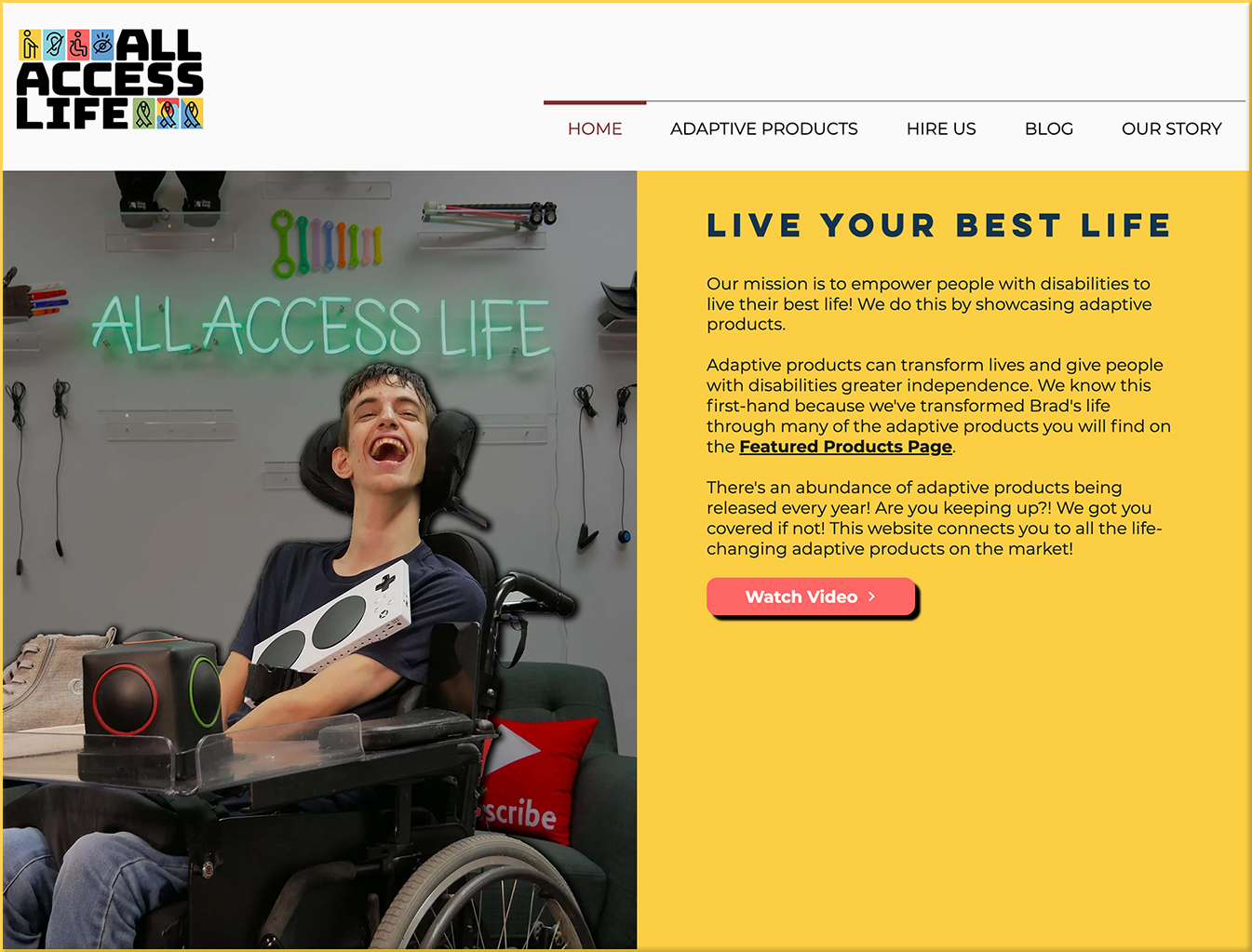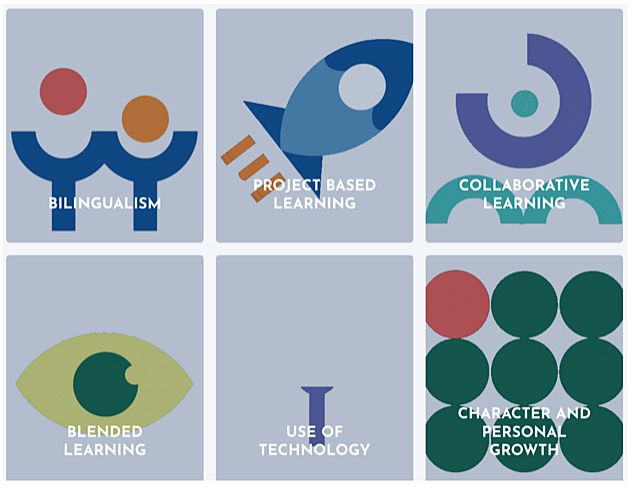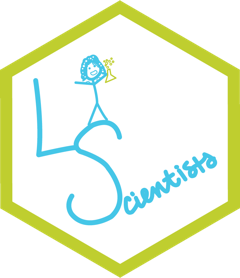Homeschooling High School With Interest-Led Learning — from raisinglifelonglearners.com by Colleen Kessler
Excerpt:
Think of an interest-led homeschool as one that functions more as a college than a high school. Just as a college student declares a major and the bulk of their study is in that topic area with supplemental general education, your interest-led high school can function the same way.
Also relevant/see:
- Interest-Led Learning in the Early Years: Preschool and Beyond — from raisinglifelonglearners.com by Colleen Kessler
- Interest-Led Homeschooling: Helping Your Child Find Their Interests — from raisinglifelonglearners.com by Colleen Kessler
This approach allows you to help them develop their interests, communicate that you see their interests as valuable, and it gives your child the chance to follow their own paths of interest. It’s an outstanding way to facilitate a self-motivated, self-directed learner and thinker.
















